Gem Profile- Rhodochrosite
Rhodochrosite is a soft semiprecious gem, and the state mineral of Colorado, which is home to some of the best specimens of rhodochrosite. Rhodocrosite's name comes from the Greek words for "rose-colored"--an accurate name for this blossoming stone with pink to red hues.
Rhodochrosite Facts
Rhodochrosite (Greek "rhodo" for rose and "khros" for color), whose compound name is manganese carbonate, is found in ore veins and extremely large manganese deposits. It has a grainy texture, somewhat like brown sugar, and ranges in color from a dark rose color to light pink, gray, or brown. This variation in color, which many wire artists find intriguing, is due to the varying amounts of trace compounds in the rhodochrosite. These include iron, calcium, magnesium, zinc, and cobalt. Its luster ranges from a glass-like appearance to a somewhat pearly veneer. Rhodochrosite is an excellent addition to a jewelry collection because it is so visually stimulating, although it is quite soft, so handle it carefully. Its brilliant red color and iridescence stand out when wrapped or set in a white metal, such as sterling or Argentium®, or with white gemstones or clear Swarovski® crystals.
Rhodochrosite wire wrapped by Beverly Brown
Rhodochrosite (Greek "rhodo" for rose and "khros" for color), whose compound name is manganese carbonate, is found in ore veins and extremely large manganese deposits. It has a grainy texture, somewhat like brown sugar, and ranges in color from a dark rose color to light pink, gray, or brown. This variation in color, which many wire artists find intriguing, is due to the varying amounts of trace compounds in the rhodochrosite. These include iron, calcium, magnesium, zinc, and cobalt. Its luster ranges from a glass-like appearance to a somewhat pearly veneer. Rhodochrosite is an excellent addition to a jewelry collection because it is so visually stimulating, although it is quite soft, so handle it carefully. Its brilliant red color and iridescence stand out when wrapped or set in a white metal, such as sterling or Argentium®, or with white gemstones or clear Swarovski® crystals.
Rhodochrosite wire wrapped by Beverly Brown

Rhodochrosite and Similar Stones
Rhodochrosite is a 3.5 to a 4 on Mohs scale, which makes it ideal for filing and reshaping, and has a specific gravity of 3.4 to 3.6. Because pure specimens of rhodochrosite that have that spectacular rose color are very rare, impure specimens with a lighter hue of pink are commonly used and are often confused with rhodonite. The stones are very similar because rhodonite and rhodochrosite are both manganese minerals, but rhodonite much more stable compound. One way to tell these gemstones apart is by their hardness: rhodonite is a 5.5 to a 6.5 on the Mohs scale, so it is much harder than rhodochrosite. Also, Rhodonite is an opaque "gem-rock", deep pink in color, pretty consistent in color, that usually has black manganese inclusions, either in streaks or specks.
A variety of rhodochrosite jewelry making components. Private collection, Dale Armstrong.
Rhodochrosite is a 3.5 to a 4 on Mohs scale, which makes it ideal for filing and reshaping, and has a specific gravity of 3.4 to 3.6. Because pure specimens of rhodochrosite that have that spectacular rose color are very rare, impure specimens with a lighter hue of pink are commonly used and are often confused with rhodonite. The stones are very similar because rhodonite and rhodochrosite are both manganese minerals, but rhodonite much more stable compound. One way to tell these gemstones apart is by their hardness: rhodonite is a 5.5 to a 6.5 on the Mohs scale, so it is much harder than rhodochrosite. Also, Rhodonite is an opaque "gem-rock", deep pink in color, pretty consistent in color, that usually has black manganese inclusions, either in streaks or specks.
A variety of rhodochrosite jewelry making components. Private collection, Dale Armstrong.

Rhodonite rarely, if ever, has any white unless it is a specimen where rhodonite crystals have formed in quartz, which is a great shelf piece, but contains many internal fractures that will most often splinter and crumble if the piece is cut on a saw. Most of the rhodochrosite on the market today has white or cream banding (the carbonate material) and resembles lace. Sometimes rhodochrosite can also have a few minuscule black, manganese inclusions, but they are not desirable to "professional" jewelry designers. As a carbonate manganese, rhodochrosite is a rather soft stone and should also be considered a "gem-rock." Rhodochrosite also has a unique cleavage; it peaks in three different directions, and there is distinct crystal twinning in most pure specimens (meaning that lines and grooves where the minerals have switched directions are quite clear). This makes the stone very hard to cut into a uniform shape, so rhodochrosite is rarely found in faceted jewelry unless cut by an experienced artisan.
AAA grade rhodochrosite carved cougar and B grade Buddha. Private collection, Dale Armstrong.
AAA grade rhodochrosite carved cougar and B grade Buddha. Private collection, Dale Armstrong.

Rhodochrosite History and Sources
Rhodochrosite pendant wrapped with gold filled wire
AAA grade rhodochrosite cabochon cut by Charlie Armstrong and wrapped into a pendant with gold-filled wire by Dale Cougar Armstrong.
Rhodochrosite was first discovered in the ore deposits of silver mines in Romania in 1813. Since then, it has been mined in Argentina, Japan, Peru, Russia, and South Africa. However, the most pure specimens (and the largest) of the mineral are found in the Sweet Home Mine near Alma, Colorado. Colorado named rhodochrosite its state mineral in 2002. The Denver Museum of Nature and Science now displays the world's largest single crystal of rhodochrosite, named the "Alma King" as a tribute to the mine it came from. Before it began to be mined for collectors and jewelry-makers, rhodochrosite was often thrown away, because its chemical composition makes it extremely destructive to the blending process in the mining of silver; the presence of rhodochrosite in silver is considered to be a great impurity. Most of the good quality rhodochrosite comes from South America: Rhodochrosite was found hiding in stalactites and stalagmites of ancient caves of Argentina. Stalactites and stalagmites are large rock structures that come up from the floor and hang down from the ceiling of caves, and are made up of calcium carbonate and lime deposits. No one knew the rhodochrosite was there until one of these broke apart, revealing an amazingly red core!
AAA grade rhodochrosite cabochon cut by Charlie Armstrong and wrapped into a pendant with gold-filled wire by Dale Cougar Armstrong.
Rhodochrosite pendant wrapped with gold filled wire
AAA grade rhodochrosite cabochon cut by Charlie Armstrong and wrapped into a pendant with gold-filled wire by Dale Cougar Armstrong.
Rhodochrosite was first discovered in the ore deposits of silver mines in Romania in 1813. Since then, it has been mined in Argentina, Japan, Peru, Russia, and South Africa. However, the most pure specimens (and the largest) of the mineral are found in the Sweet Home Mine near Alma, Colorado. Colorado named rhodochrosite its state mineral in 2002. The Denver Museum of Nature and Science now displays the world's largest single crystal of rhodochrosite, named the "Alma King" as a tribute to the mine it came from. Before it began to be mined for collectors and jewelry-makers, rhodochrosite was often thrown away, because its chemical composition makes it extremely destructive to the blending process in the mining of silver; the presence of rhodochrosite in silver is considered to be a great impurity. Most of the good quality rhodochrosite comes from South America: Rhodochrosite was found hiding in stalactites and stalagmites of ancient caves of Argentina. Stalactites and stalagmites are large rock structures that come up from the floor and hang down from the ceiling of caves, and are made up of calcium carbonate and lime deposits. No one knew the rhodochrosite was there until one of these broke apart, revealing an amazingly red core!
AAA grade rhodochrosite cabochon cut by Charlie Armstrong and wrapped into a pendant with gold-filled wire by Dale Cougar Armstrong.

Rhodochrosite in Culture
Like most gems, rhodochrosite is rich in cultural history. The Incas believed that rhodochrosite was the blood of their ancestors in solid form, so this rock is sometimes called "la Rosa Del Inca" or "the Inca Rose." The Incas wore these stones when facing enemies, believing that it would give them strength and peace of mind in times of conflict.
Rhodochrosite heart pendant, wire wrapped by Jackie Morris
Like most gems, rhodochrosite is rich in cultural history. The Incas believed that rhodochrosite was the blood of their ancestors in solid form, so this rock is sometimes called "la Rosa Del Inca" or "the Inca Rose." The Incas wore these stones when facing enemies, believing that it would give them strength and peace of mind in times of conflict.
Rhodochrosite heart pendant, wire wrapped by Jackie Morris

Because rhodochrosite is made up of manganese, it is very useful in many areas besides jewelry-making. In its base form, it can be used to supplement crops that are deficient of nutrients, can be added to ceramics to form a colorful glaze, and it is even used industrially to make concrete stains (think of those tall, rose-colored concrete walls you've seen surrounding residential areas). As a healing stone, it is thought to heal the heart chakra, allowing a person to become more balanced, to forgive themselves and others, to trust, and to give and receive love.
Resources
Print Resources:
Eyewitness Handbooks' Rocks and Minerals by Chris Pellant, ISBN 1-56458-033-4
Peterson Field Guide to Rocks and Minerals by Frederick H. Pough, ISBN-0-395-91096-X
Smithsonian Rock and Gem by Ronald Louis Bonewitz, ISBN 0-7566-0962-3
Internet Resources:
www.classicgems.net
www.wikipedia.org
Print Resources:
Eyewitness Handbooks' Rocks and Minerals by Chris Pellant, ISBN 1-56458-033-4
Peterson Field Guide to Rocks and Minerals by Frederick H. Pough, ISBN-0-395-91096-X
Smithsonian Rock and Gem by Ronald Louis Bonewitz, ISBN 0-7566-0962-3
Internet Resources:
www.classicgems.net
www.wikipedia.org
Materials

Wire

Cabochons by Gemstone

Beads by Gemstones
Tools

Ultimate wire-pliers Set
G15-20
- G15-20
- Lesson Quantity: 1.00 pieces
- Purchase Quantity: 1.00 each
- Price: $99.95
- Gold Club Price: $74.96

Bench Tools
- Category: General Education
- Technique(s): General Education






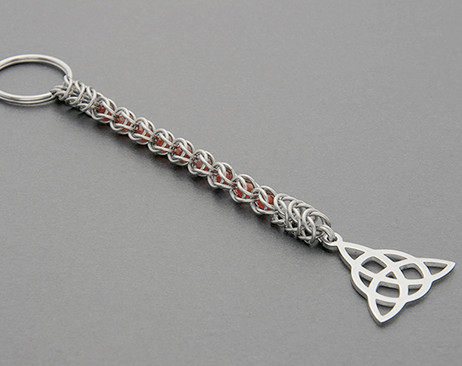
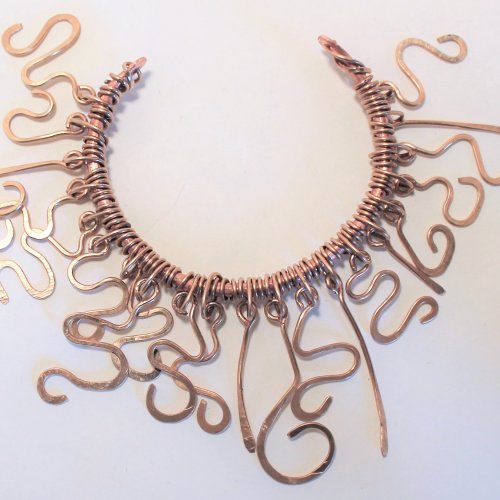
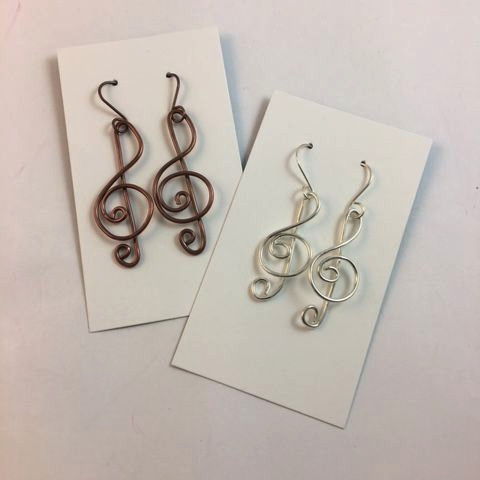

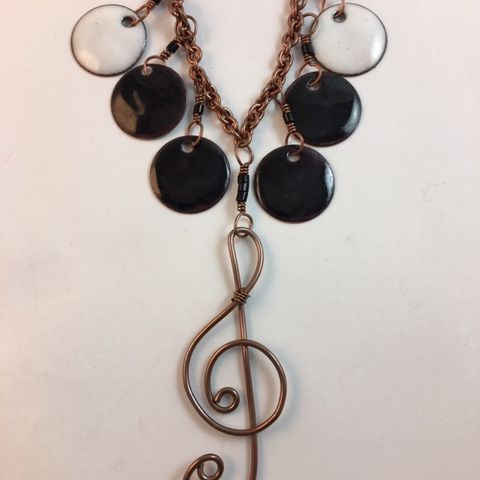
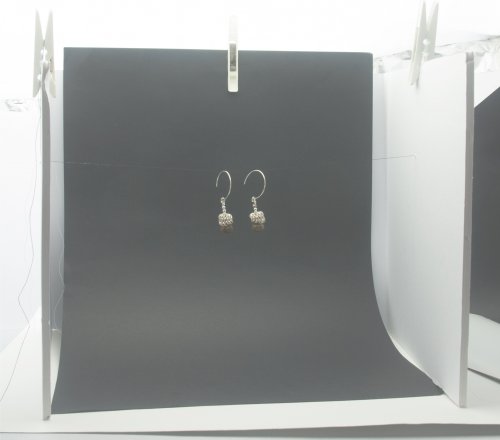

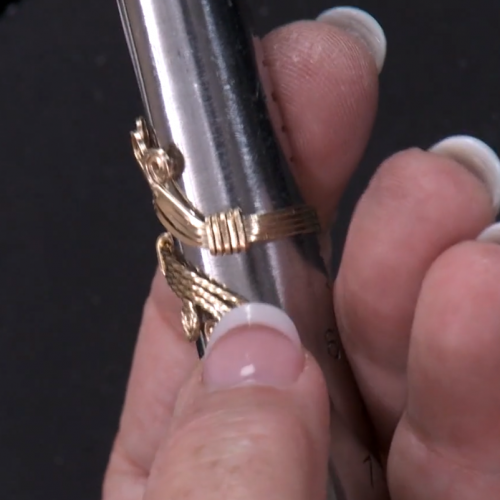

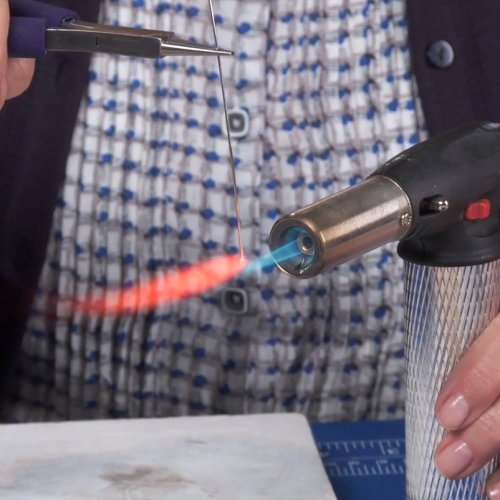

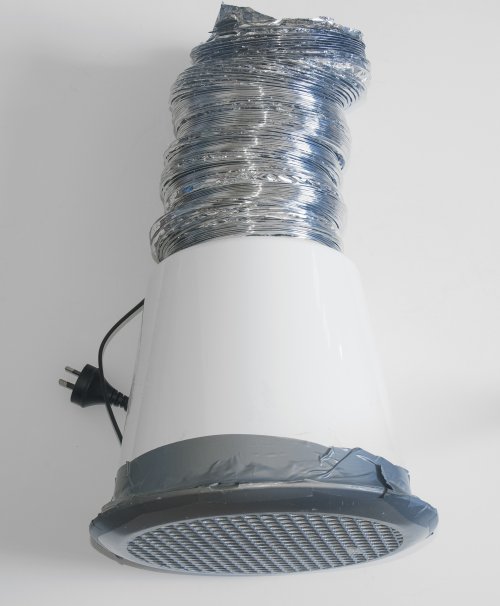
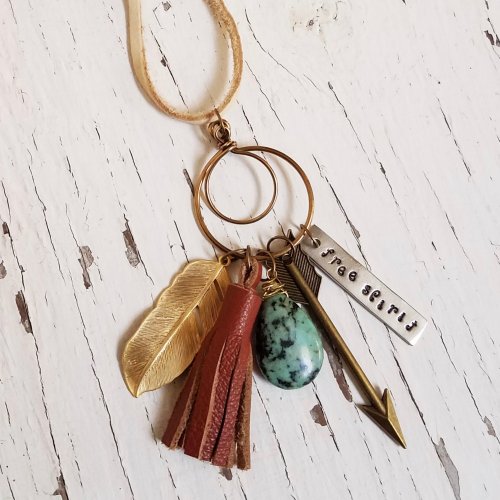
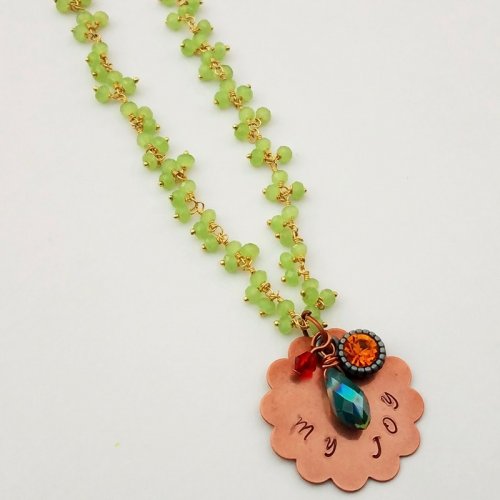
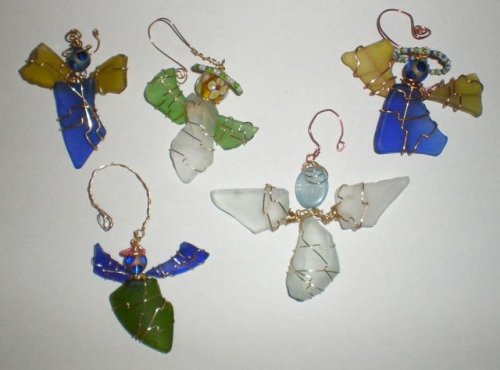
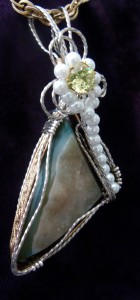
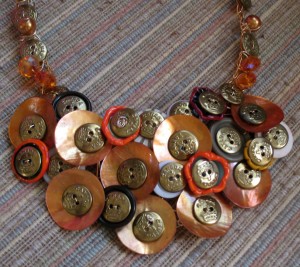
 Getting Twisted - Jewelry Making Tools
Getting Twisted - Jewelry Making Tools How to Price Your Wire Jewelry
How to Price Your Wire Jewelry How to Measure Gemstones for Settings
How to Measure Gemstones for Settings Cool Anklets are HOT
Cool Anklets are HOT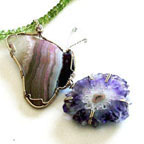 Inspiration Comes from Everywhere and Every Thing
Inspiration Comes from Everywhere and Every Thing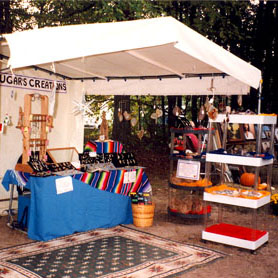 Wire Jewelry Display and Booth Ideas
Wire Jewelry Display and Booth Ideas Where to Sell Your Wire Jewelry
Where to Sell Your Wire Jewelry How to Choose Wire Temper for Making Jewelry
How to Choose Wire Temper for Making Jewelry What Gauge of Wire Should I Use to Make Jewelry
What Gauge of Wire Should I Use to Make Jewelry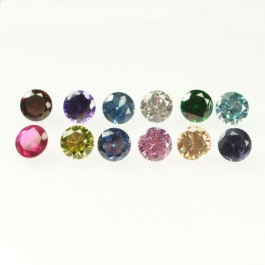 What's a Cubic Zirconia Stone
What's a Cubic Zirconia Stone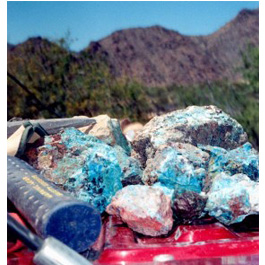 Rockhounding - A Beginner's Guide
Rockhounding - A Beginner's Guide What Shape of Wire Should I Use to Make Jewelry
What Shape of Wire Should I Use to Make Jewelry Gem Profile- Bloodstone
Gem Profile- Bloodstone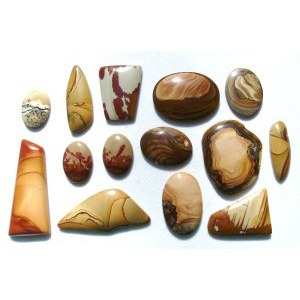 Gem Profile- Picture Jasper
Gem Profile- Picture Jasper Gem Profile- Patterned Jaspers
Gem Profile- Patterned Jaspers Gem Profile- What is Jasper
Gem Profile- What is Jasper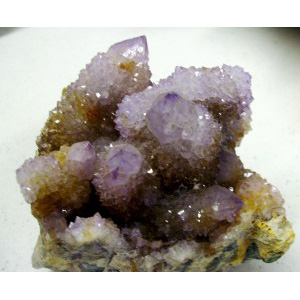 Gem Profile- Quartz Introduction
Gem Profile- Quartz Introduction Gem Profile- Wishful Turquoise
Gem Profile- Wishful Turquoise Gem Profile- Amethyst
Gem Profile- Amethyst Gem Profile- Fluorite
Gem Profile- Fluorite Gem Profile- Obsidian
Gem Profile- Obsidian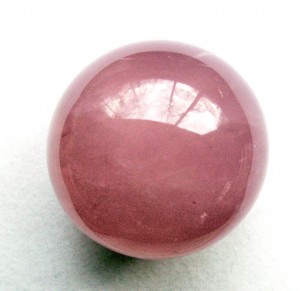 Gem Profile- Rose Quartz
Gem Profile- Rose Quartz Gem Profile- Smoky Quartz
Gem Profile- Smoky Quartz Gem Profile- Citrine and Ametrine
Gem Profile- Citrine and Ametrine Gem Profile- Labradorite
Gem Profile- Labradorite Gem Profile- Moonstone
Gem Profile- Moonstone Gem Profile- Prehnite
Gem Profile- Prehnite Gem Profile- Jade
Gem Profile- Jade Gem Profile- Amazonite
Gem Profile- Amazonite Gem Profile- Corundum
Gem Profile- Corundum Gem Profile- Quartz with Inclusions Part 1
Gem Profile- Quartz with Inclusions Part 1 Gem Profile- Quartz with Inclusions Part 2
Gem Profile- Quartz with Inclusions Part 2 Gem Profile- Aventurine
Gem Profile- Aventurine Gem Profile- Macrocrystalline Quartz
Gem Profile- Macrocrystalline Quartz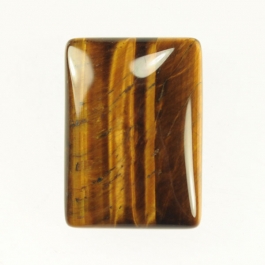 Gem Profile- Tiger Eye
Gem Profile- Tiger Eye Gem Profile- Fire Agate and Iris Agate
Gem Profile- Fire Agate and Iris Agate Gem Profile- Amber
Gem Profile- Amber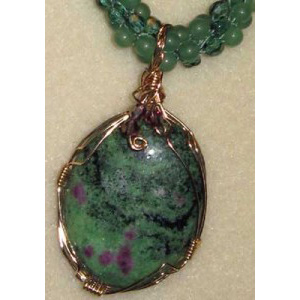 Gem Profile- Ruby Zoisite
Gem Profile- Ruby Zoisite Gem Profile- Ruby Fuchsite
Gem Profile- Ruby Fuchsite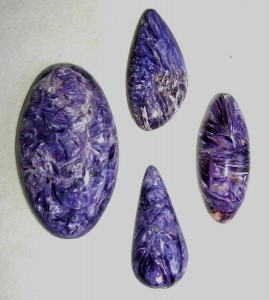 Gem Profile- Charoite
Gem Profile- Charoite Gem Profile- Moldavite
Gem Profile- Moldavite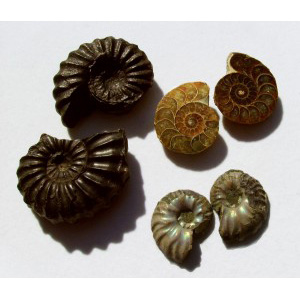 Gem Profile- Ammolite
Gem Profile- Ammolite Gem Profile- White Precious Opal
Gem Profile- White Precious Opal Gem Profile- Opalized Fossils
Gem Profile- Opalized Fossils Gem Profile- Boulder Opal
Gem Profile- Boulder Opal Gem Profile- Black Precious Opal
Gem Profile- Black Precious Opal Gem Profile- Pyrite
Gem Profile- Pyrite Gem Profile- Opal Introduction
Gem Profile- Opal Introduction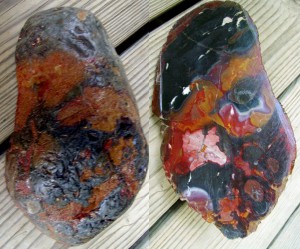 Gem Profile- Beautifully Colored Jasper
Gem Profile- Beautifully Colored Jasper Gem Profile- Common Opal
Gem Profile- Common Opal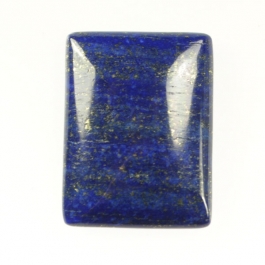 Gem Profile- Lapis Lazuli
Gem Profile- Lapis Lazuli Wire Sculpture Expert Dale -Cougar- Armstrong Interview
Wire Sculpture Expert Dale -Cougar- Armstrong Interview

